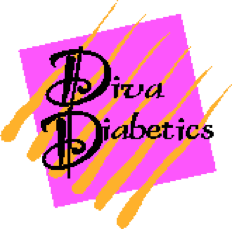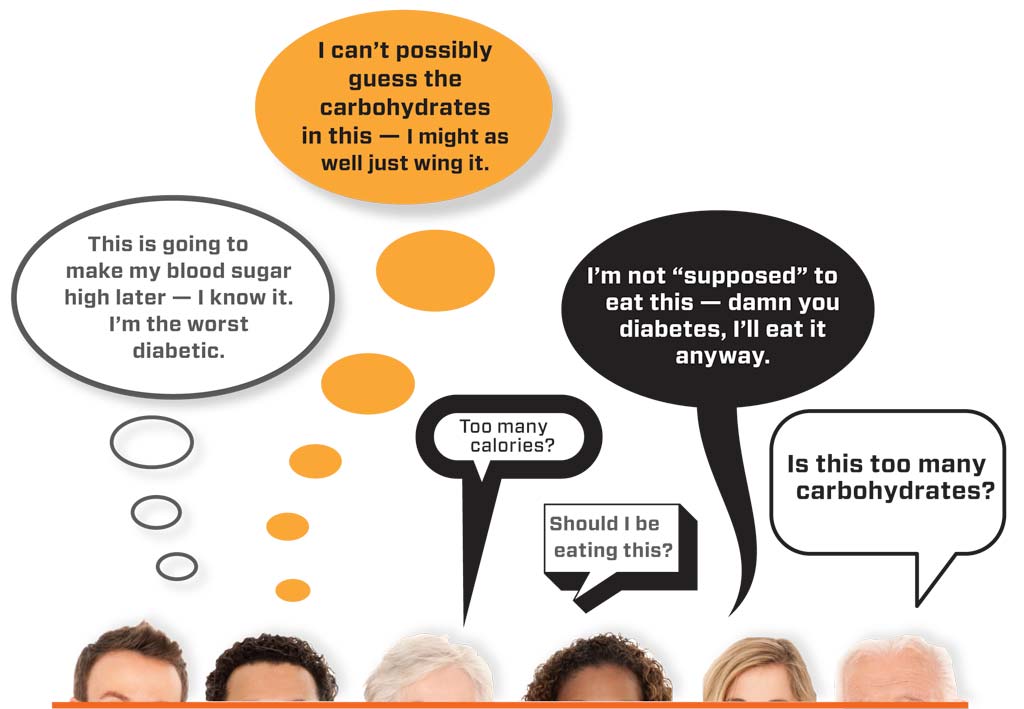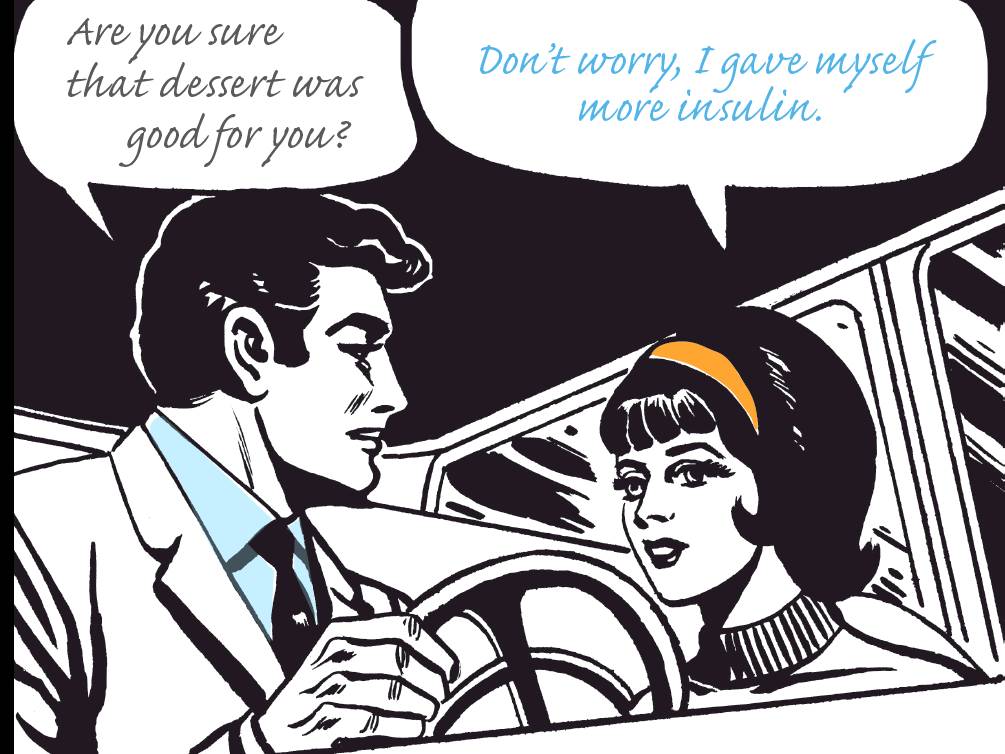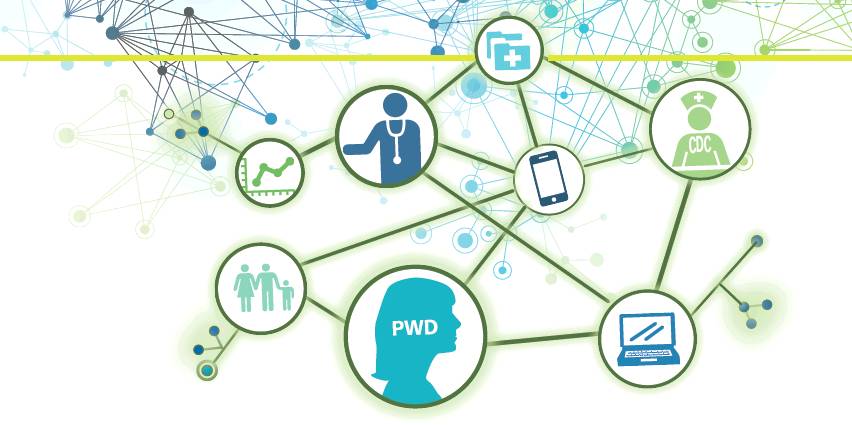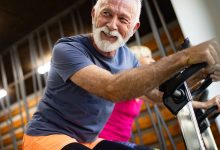Diva Diabetics: a T1D Mentoring & Support Group for Women
Diva Diabetics, located in St. Louis, is a great example of a T1D mentoring/support group. Here is the history, group dynamics, and learnings from the founder.
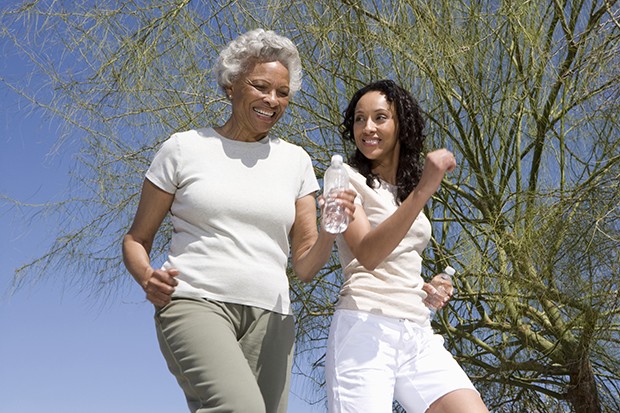
The Diva Diabetics Mentoring/Support group started in 2008 with 6-7 of my former patients. I worked at the diabetes practice for 10 years that included endocrinologists, NP, RD, and myself. We also had a PT department at the time within our building with PTs and Assistants, a part-time Psychologist and an ADA Recognized Education program. We had about 100 patients on a pump all of whom I knew very well and had, for many, helped initiate their pump therapy.
In 2006, the practice folded with very little notice and I continued to see many of our patients in my private practice. Our pump patients all needed to be referred to different doctors for the continuation of their care.
Having Type 1 diabetes myself (40 years) and a daughter with Type 1 (28 years), I realized my patients needed continued support. I picked six of these patients and asked them to be on the board of the mentoring group. They agreed and we advertised our first meeting at a local Panera Bread Company. We talked about a few details and agreed to meet monthly. I knew a good number of endocrinologists in the city and reached out to them and to the local American Association of Diabetes Educators group for referrals. I had been an officer for years and committee chair so I knew almost all of the group fairly well over the years, and drug reps who came to our endocrinology practice.
We began meeting at an office where there was no charge as I knew the persons at the organization and they were quite helpful knowing our practice had closed and were very active in the local Diabetes Coalition
We met there for several years at no cost. We had no budget and still don’t.
Group Dynamics
Every meeting I always bring some kind of food — crackers and cheese, or fruit or veggies, or some chips and a drink, just in case anyone would get low since we meet at 6:30 pm on the 2nd Wednesday of the month. For the last 7 years, we have met at the JDRF office where they gave me a key to use their large meeting room. Eventually, we decided to also have social meetings twice per year at a local restaurant. This has been good for developing relationships within the group.
Our meetings follow two formats:
1. Speaker followed by a discussion — Speakers have included:
- Physician specialists
- GI
- Infectious disease
- Retinal specialists
- GYN NP
- Endocrinologist to discuss type 2 drugs for type 1s
- Pump salespeople talking about their pumps, Dexcom sensors
2. Meeting topic where we all contribute/discuss our perspectives. — Topics have included:
- Infusion sets
- Dealing with the holidays
- Food
- Topics people bring up at the meeting
- How to do a basal rate check
- Preventing Kidney disease
- Insulin action curves
- Insurance options
- Differences in coverage by age and insurance type
- About every topic you can think of over 7 years of monthly meetings
What we have Learned
Our group members have varied in age from 20s to 70s. Originally I advertised for Women with type 1 only ages 18-30, but then many older people asked to join who did not know anyone with Type 1 diabetes so I widened it to having Type 1 diabetes only (We take LADA) no exceptions other than that.
We established a rule — No men and no other persons can attend a meeting unless it would be a newborn baby. Mothers and sisters are not allowed. We tried an open meeting once but only 2 men came and we have not done this again.
We added a Closed Facebook page about 7 years ago. People can be on this closed page only after attending a meeting and with permission from the Facilitator. There are over 100 women on the email list, including some people who have moved away but wish to still participate to get others thoughts and comments.
The attendance at a regular meeting is about 12 people for a topic discussion and about 30 people show for a speaker or a social meeting.
We share sensors and parts of anything needed when necessary, including insulin although we do not discuss this online anymore. We get self-referrals, referrals from educators and doctors, online searchers, and member referrals.
I have offered to pay speakers $100 of my own money but only one person has ever taken the money.
One of our best speakers was a researcher in autoimmune disease from a local medical school who explained what autoimmune disease was, and the drug he was using on animals to prevent the destruction of beta cells. and he spoke in plain English for us to understand.
The group is a joy for me and other members. We feel strongly about its value and that it continues. There are several people who are becoming the next generation of leaders.

